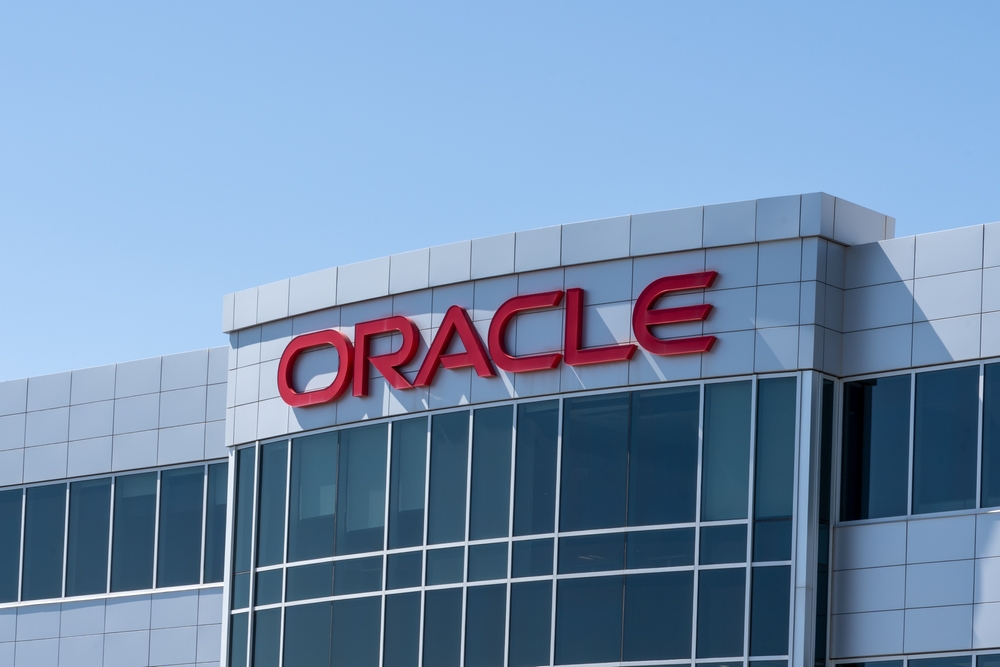„We are determined to ensure that inflation returns to our two per cent medium-term target in a timely manner. Based on our current assessment, we consider that the key ECB interest rates are at levels that, maintained for a sufficiently long duration, will make a substantial contribution to this goal. Our future decisions will ensure that our policy rates will be set at sufficiently restrictive levels for as long as necessary,“ stated the president of the ECB Christine Lagardeafter the monetary policy meeting of the Governing Council of the ECB wich took place on 26th October, and where the Governing Council decided to keep all key interest rates unchanged.
She also assured that the Governing Council will continue to follow a data-dependent approach to determining the appropriate level and duration of restriction. „In particular, our interest rate decisions will be based on our assessment of the inflation outlook in light of the incoming economic and financial data, the dynamics of underlying inflation and the strength of monetary policy transmission,“ Lagarde added.
Let's now look at the current development of the year-on-year inflation rate. According to Eurostat's flash estimate, inflation further decreased to the current 2.9 percent in October. At the same time, it still reached 4.3 percent in September and even 5.2 percent in August. The year-on-year rate of inflation in the euro area is now the lowest since July 2021, i.e. in more than two years.
Hand in hand with a significant drop in inflation comes a slowdown in the economy of both the Eurozone and the European Union as a whole. Back in the summer, the European Commission forecasted the growth of the Eurozone GDP at 0.8 percent for this year and 1.4 percent for next year, according to the current November forecast, the Eurozone economy will grow by only 0.6 percent this year and 1.3 percent next year.
Under these new circumstances, it can therefore be expected that the European Central Bank will not raise its key interest rates even at its December monetary policy meeting. They find themselves currently at their highest level since the creation of the ECB, and the euro area. The basic deposit rate reaches 4 percent, and the rate for main refinancing operations 4.5 percent. The European Central Bank raised them to this level this September.
The fact that the US Federal Reserve System has also taken a break from raising rates also speaks for leaving interest rates unchanged. In the United States, too, it seems that inflation is being reduced substantially, so there is no reason to continue cooling the economy there with monetary restrictions.
This does not mean, however, that the ECB is not ready to intervene against inflation again if necessary. But the probability that it will have to do so is very low. On the one hand, the price shock that was recorded in the course of last year for key energy commodities is unlikely to be repeated in the near future, and on the other hand, the euro area economy is showing significant signs of cooling. It can therefore be assumed that the ECB will at most remain on high alert in case unexpected inflationary pressures appear again on the horizon.
Overall, however, we are getting closer to the moment when the European Central Bank will start seriously discussing the possibility of lowering interest rates. There is a high probability that the first such step would be made in the course of the next year. Again, on the assumption that the current disinflationary climate will not fundamentally change, i.e. if there is no unpredictable inflationary shock.
----
Peter Svoreň, ApmeFX




